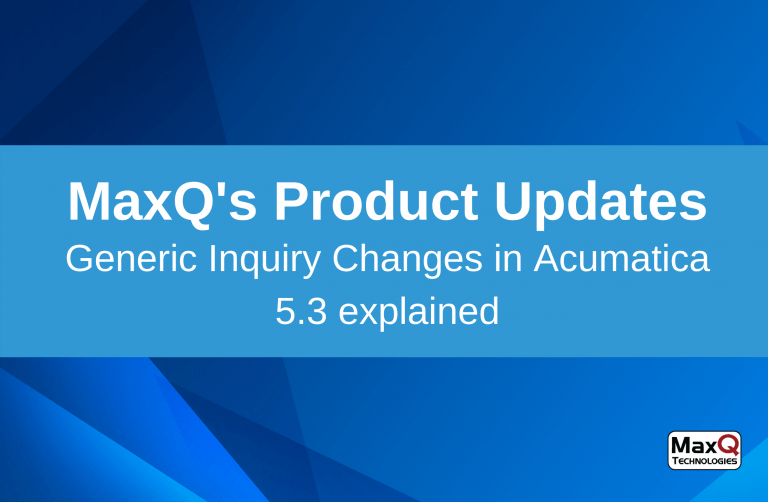Picture this: seamless integration of processes, increased productivity, and enhanced decision-making capabilities – all within your business reach. ERP systems have revolutionized how organizations manage their resources, but understanding and implementing them effectively can be daunting. Say goodbye to endless confusion and frustration, and unlock your business’s full potential with exclusive insights. This 5-step approach will demystify the complexities surrounding ERP, empowering you with the knowledge and tools to make informed decisions for your business.
Step 1: Assessing the Need for a New ERP System
Is your current ERP system holding your organization back? Outdated technology, disjointed processes, and scalability limitations are just a few potential triggers that indicate the need for a new ERP system. In this crucial first step, you must assess your existing ERP system’s shortcomings and determine how a new system can address these challenges head-on.
You can begin by:
- Evaluating your current technology infrastructure.
- Closely examine your organization’s processes and workflows.
- Monitoring the Scalability factor of your ERP system
Once you have thoroughly assessed the need for a new ERP system, assemble your project team and outline the project strategy. Engage your key stakeholders from various departments, including IT, finance, operations, and executive leadership, to form a well-rounded team with diverse expertise. Collaboratively define the project scope, objectives, and success criteria.
Step 2: Identifying Requirements and Planning the Project
The success of an ERP implementation lies in understanding and aligning the requirements of various departments within your organization. Involving key stakeholders and collaborating on identifying both general and department-specific needs ensure that the selected ERP system meets everyone’s expectations. A well-planned project, including a realistic timeline, allows for efficient resource allocation in your company. For instance, a retail organization engages its finance, sales, and logistics teams to outline their specific ERP requirements, including inventory management, sales forecasting, and financial reporting capabilities.
Step 3: Choosing a Solution Provider and Implementation Partner
After conducting initial research and narrowing down the options to two or three vendors, it’s time to delve deeper. Look for vendors that align with your industry, offer the necessary functionality, and have a track record of successful implementations. Also, settling for a reliable implementation partner with expertise in your chosen ERP system can be invaluable in navigating deployment complexities. For example, shortlists three ERP vendors and evaluate them based on their:
- Industry-specific modules.
- Scalability options.
- Customer support.
- Proven track record in implementing ERP solutions.
Step 4: Implementation and Project Management
Now that you have chosen your ERP system and partner, it’s time to put the plan into action. A detailed implementation plan is essential, complete with assigned tasks, responsibilities, and milestones. Leverage project management tools to track progress, identify bottlenecks, and ensure that the project stays on course. Regular status meetings foster effective communication, allowing you to monitor progress, address challenges, and make timely adjustments. Establish clear roles and responsibilities to ensure accountability and efficient decision-making throughout the implementation process.
Step 5: Post-Go-Live and Ongoing Support
Congratulations! You have successfully implemented your new ERP system. However, the journey doesn’t end here. To fully capitalize on the benefits of your ERP investment, staying current with software updates and advancements is crucial.
Keep your employees educated through ongoing training and support to maximize system utilization, improve productivity, and drive long-term success. Ensure regular software updates to leverage new features and provide your employees with continuous training to fully utilize the ERP system’s capabilities.
Wrapping Up
In a world inundated with repetitive advice and recycled ideas, MaxQ Technologies, Inc. pride itself on offering fresh perspectives and new solutions to age-old challenges. Our expert team has meticulously crafted a comprehensive roadmap that breaks down the ERP journey into five simple steps, guiding you from initiation to triumphant implementation. So, if you’re ready to navigate the ERP maze and embark on a transformative journey toward success, contact us as we delve into the intricacies of this game-changing strategy.





